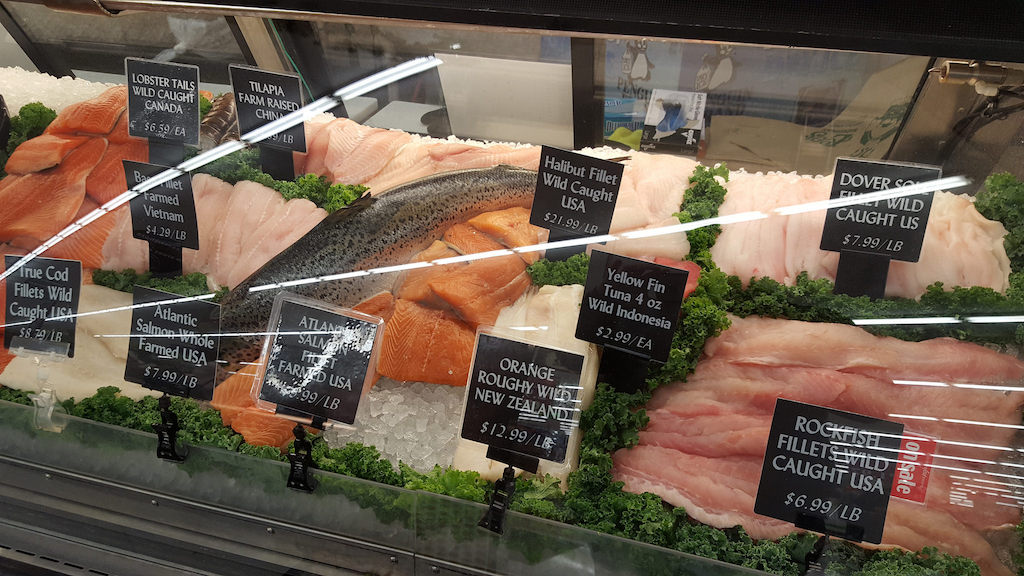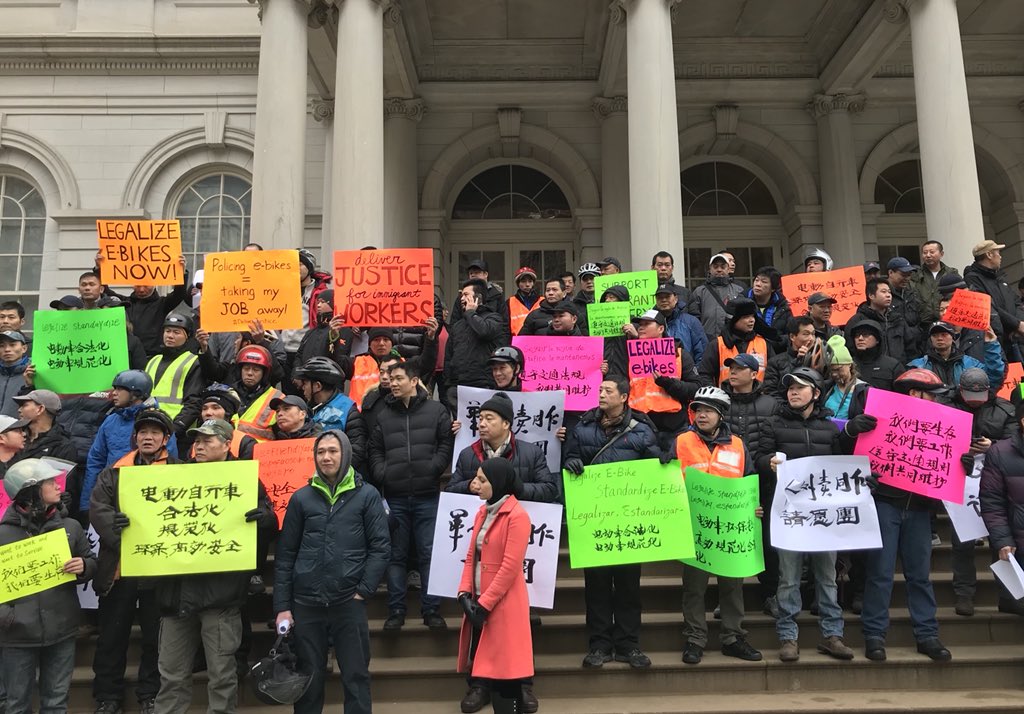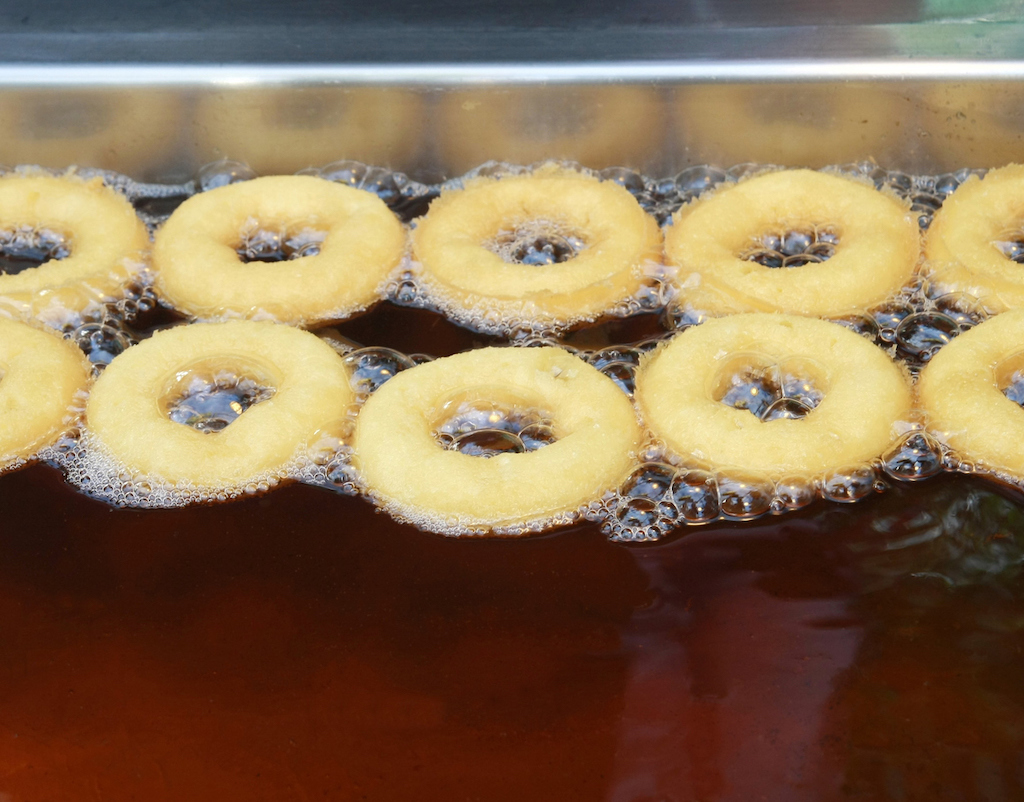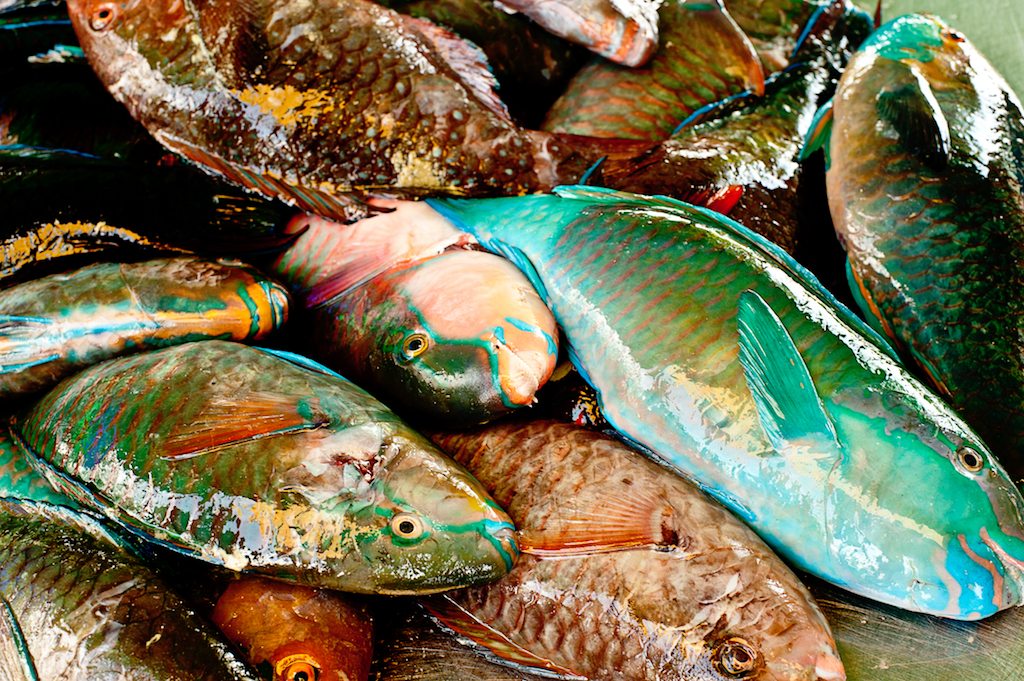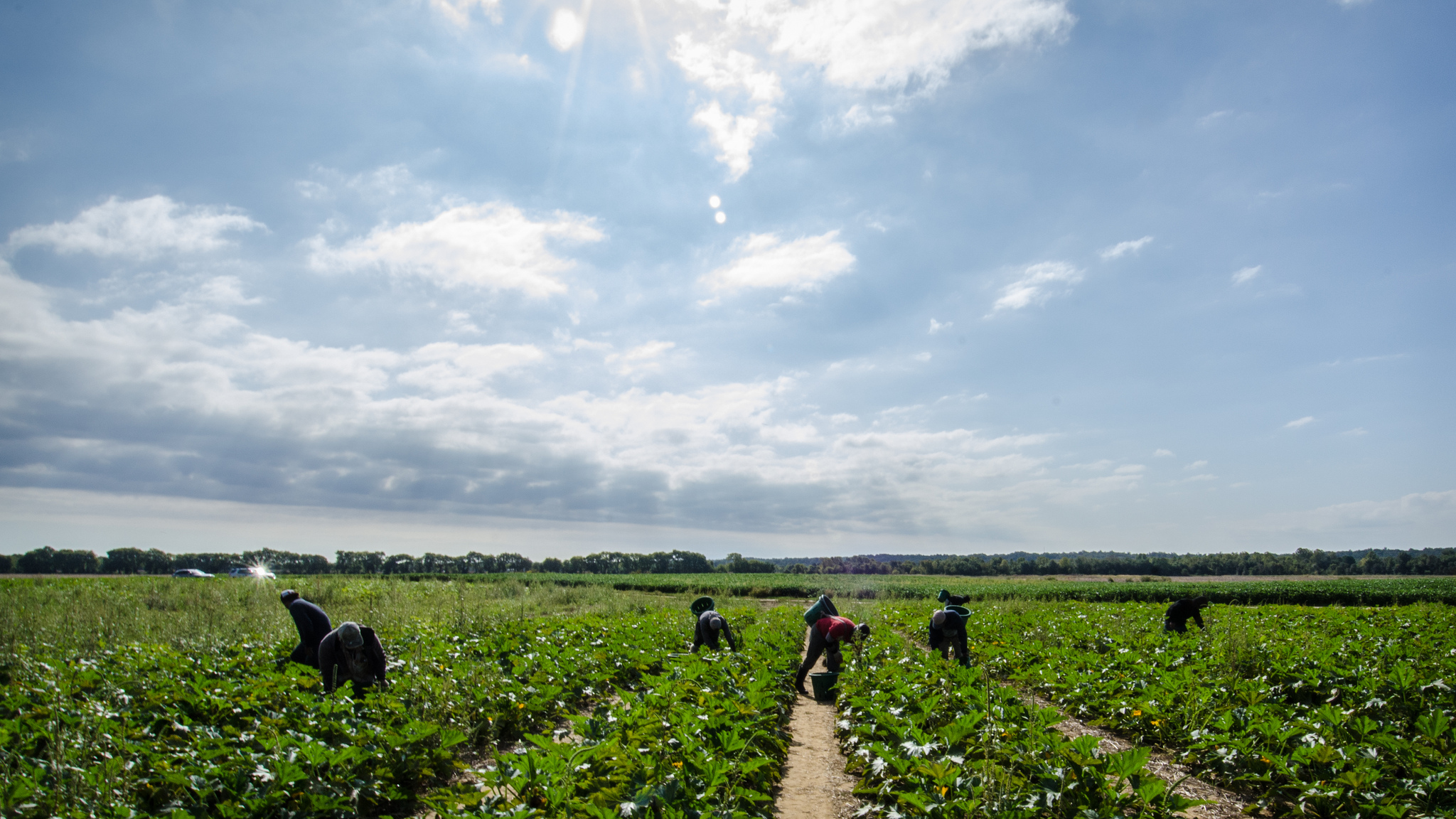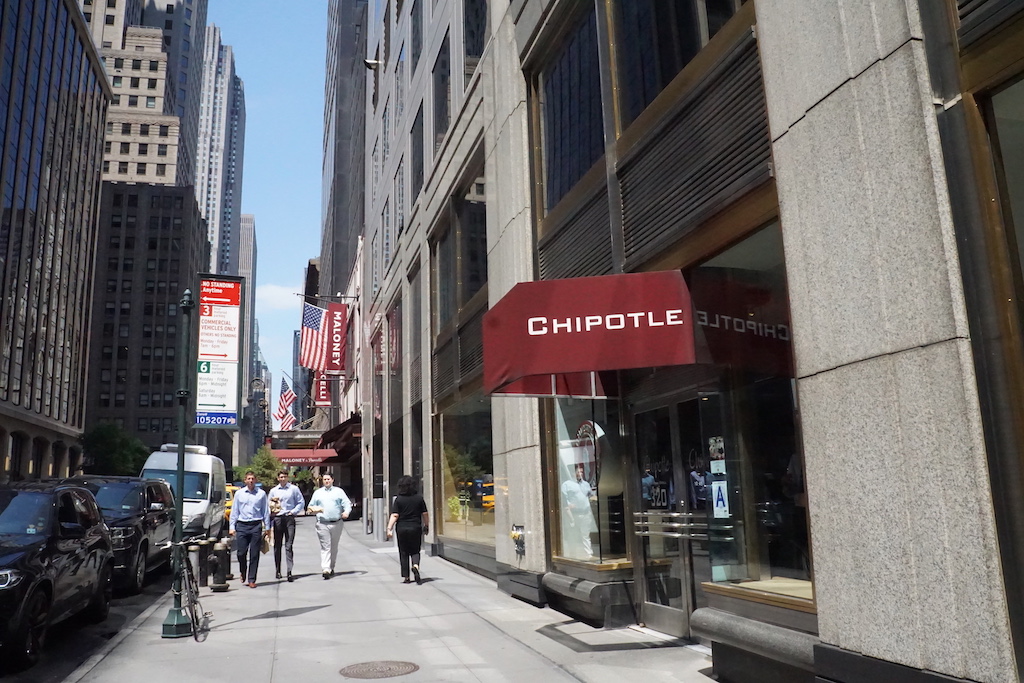This month, the New York State Attorney General’s Office released the results of a year-long investigation into seafood fraud. It found that more than a quarter of all the fish it sampled at retail outlets across the state was mislabeled, and grocery stores in New York City, specifically, performed worse than everywhere else. More than 42 percent of seafood tested from stores in the Big Apple was mislabeled.
Generally speaking, the label substitutions work pretty much the way you’d expect: the product is labeled as one species when in fact, it’s another species. Farmed salmon is sold as the (typically more expensive) wild salmon, for instance; lane snapper is labeled red snapper. When labeled accurately, the price difference between these species is often a few dollars a pound. The money adds up, and it makes sense that grocery chains might be motivated to make a swap here and there. Some places seem to do this more than others, according to the report, which noted that many chains were mislabeling more than half of their seafood. Such discrepancies suggested to investigators that the bait-and-switch may be intentional.
From late 2017 through 2018, investigators collected DNA samples from 29 retailers across New York state to check the accuracy of their labels. Almost all the grocery stores were caught with at least a discrepancy or two. Even Whole Foods, which prides itself on traceability, labeled halibut as cod. But of the 12 chains where investigators collected more than 10 samples, five chains had mislabeled more than half of the samples tested. (In other chains, like Walmart, they tested only five or six samples and didn’t draw similar conclusions.) The serial offenders include Food Bazaar, Foodtown, Stew Leonard’s, Uncle Giuseppe’s, and Western Beef. The report showed those five are part of an ongoing fraud investigation.
As we’ve reported before, seafood fraud doesn’t always happen at the end point: the grocery store. While it’s possible Foodtown is directing its fish counter staff to pass farmed salmon off as wild, it’s also possible that Foodtown’s fish buyer got ripped off. Once a fish is filleted—and, if it’s sold frozen, it’s often filleted long before it hits the seafood aisle—it’s very difficult to tell whether it started life as a red or a yellowtail snapper. Still, the high correlation between incidents of mislabeling and certain retailers seems to indicate the grocers investigated have some degree of control over their overall fraud rates.
According to the report, the most commonly substituted fish was lemon sole. The attorney general’s office found that just two out of 16 total samples it took of product labeled as such were accurately labeled. Even higher-end retailers like Fairway were caught passing blackback, a cheaper fish, off as sole.
Most of the time, these substitutions probably go undetected. A person who’s not allergic to wild salmon likely won’t have a reaction to the farmed stuff, and most of us can’t sniff a fillet of sole and detect that it’s really a fluke. But people are usually willing to pay more for wild salmon than for the farmed version for all sorts of reasons—they don’t like the potential environmental impact of farmed salmon, for instance, or they just think the wild fish tastes better or is healthier—and, the report argues, they should be able to believe the label when they make that choice.
Mislabeling seafood also harms the honest grocer next door. If a shopper sees red snapper for $10 a pound at one place and double at the next, they’re likely going to go with the cheaper option. The investigation found that correctly labeled red snapper retails for $17.59 a pound on average in New York, whereas the mislabeled substitute typically goes for $10.38. Other varieties of snapper, by contrast, retail for about $8.29. So by labeling lane snapper as red snapper, fishmongers are inflating the value of the fraudulent product and undercutting honest competitors at the same time.
The attorney general’s office recommends that retailers vet their suppliers and educate counter staff to avoid seafood fraud in the future. It’s unclear whether or not the ongoing fraud investigations will have any impact whatsoever on seafood fraud writ large—the state attorney general’s office has a few other investigations in the hopper. And a handful of startups hope to revolutionize seafood labeling using blockchain technology, but their efforts remain few and far between.
In the meantime, we’ll be steering clear of lemon sole. Or whatever it is.
